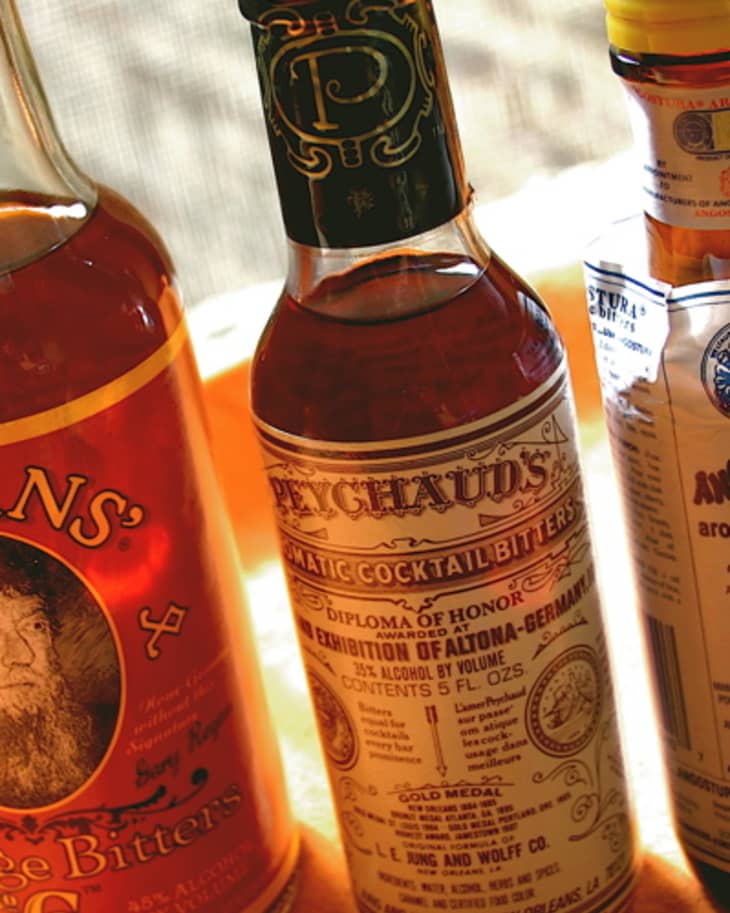Cocktail Basics: All About Bitters Straight Up Cocktails
What a difference a drop makes. Warm, rich, spicy, and astringent, bitters can transform a cocktail, balancing its flavors and adding new dimension and depth. An essential ingredient in classics such as the Manhattan, Old Fashioned, Sazerac, and
Champagne Cocktail
Originally marketed as medicine, bitters go way back to the early days of American cocktails, when pharmacist Antoine Peychaud added a dash or two to the alcoholic libations served up at his apothecary shop in 19th Century New Orleans.
Made from alcohol infused with aromatic plant extracts such as cinchona bark (quinine), gentian root, wormwood, and angostura bark and root, cocktail bitters are still manufactured by a handful of companies today, each with its own closely-guarded recipe:
Angostura
Available in most grocery stores, this is what most cocktail recipes call for when they list “bitters” as an ingredient. Named for the Trinidadian company, Angostura, which has been manufacturing them since the early 19th Century, this type of bitters is used in Old Fashioneds, Manhattans, and
Champagne Cocktails
Peychaud’s
Made from the same secret recipe Antoine Peychaud used in the 1830s, this concoction is a key ingredient in one of the first cocktails ever to to be mixed up in New Orleans, the Sazerac. A drink made any other way is simply not a Sazerac.
Orange Bitters
Not a brand in itself, but a style of bitters. Once almost impossible to track down, this intense orange rind-flavored elixir has enjoyed a recent market comeback. After tinkering with an old recipe and some ingredients culled from a Greenwich Village witchcraft shop, cocktail great, Gary Regan, launched his own version in 2003. And last year, Angostura followed suit with their own version – which stands out from their regular bitters at a glance with its bright orange (instead of trademark yellow) cap. An ingredient in the Pegu cocktail and the “Classic” Martini, among others.
Other Brands and Flavors
With the recent cocktail revival, exciting new formulations are beginning to turn up on store shelves. The pre-Prohibition label, Fee Brothers, now offers a wide range of flavors, mixing the classic with the new: Old Fashion (their version of Angostura-style), orange, peach, mint, lemon, grapefruit, and whiskey barrel aged.
Where to Buy
Unlike aperitif bitters such as Campari, aromatic cocktail bitters are only meant to be consumed a few drops at a time. For this reason, they’re classified as a non-potable (non-drinkable) food additive, and are sold in grocery, rather than liquor stores. (The international specialty food store,
Kalustyan’s
And Finally…Some Off-Label Uses
We haven’t put this one to the test, but Dale Degroff and Gary Regan both recommend bitters as a cure for hiccups: Soak a lemon or lime wedge in bitters, dip into sugar, then bite down on the flesh of the fruit. Just what the doctor ordered.
Related: The Celluloid Pantry: Sazeracs and Live and Let Die
